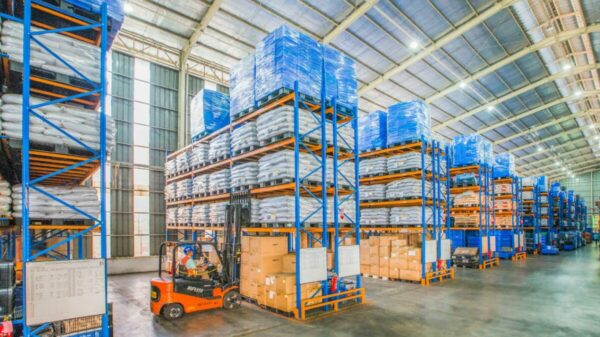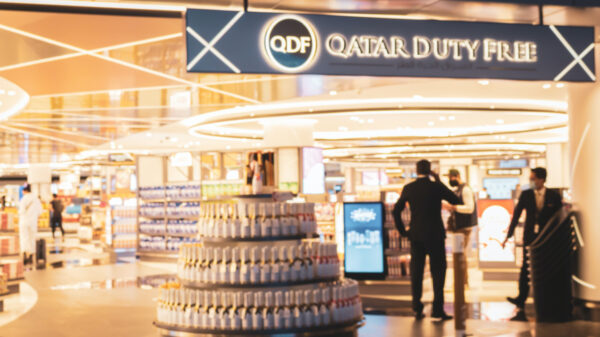Retailers in the UAE and Saudi Arabia have been recording higher turnover during the past few months, as prices of commodities and essentials have almost doubled.
The value of sales generated in the consumer goods industry during the third quarter went up by 8.8 per cent year-on-year in the UAE and 6.5 per cent in Saudi Arabia, according to the latest research from NielsenIQ.
Consumers have been spending more on daily staples against the backdrop of soaring inflation.
“Higher prices are driving the growth of FMCG turnover in both the UAE and Saudi Arabia,” NielsenIQ said.
The study reveals that 77 per cent of the UAE and Saudi shoppers “have the feeling” that food prices are bound to spike. Indeed, stores in the two markets have posted higher prices across 86 food categories alone, whereas “promotion intensity” has been dwindling, NielsenIQ noted.
The research draws on data garnered from hypermarkets, supermarkets, groceries, pharmacies and perfumeries
Between July and September this year, prices have risen by approximately 10 per cent, with frozen foods rising by 19 per cent in the UAE and 15 per cent in Saudi Arabia. Prices on dairy products mirrored the trend, going up by 18 per cent in UAE and 14 per cent in Saudi Arabia.
Looking at the volume of sales, the UAE market recorded a 1.5 per cent decline, while Saudi saw a 3.6 per cent downfall when compared to volumes recorded during the first quarter of the year.
The data demonstrate that consumers are spending more in stores as a result of higher prices, but the upshot is a diminishing number of purchases.
General manager for the Arabian Peninsula and Pakistan at NielsenIQ, Andrey Dvoychenkov, said: “The strong nominal value growth across both countries is clearly driven by price increases. Most shoppers are now willing to focus on essentials and appear to be more and more concerned about inflation.”
“But they are still ready to pay a premium for products with more functionality and benefits.”
On balance, consumer inflation in the UAE saw a 4.6 per year-on-year increase in April this year. At the same time, Saudi Arabia’s inflation went up by 3.1 per cent, predominately caused by higher costs of food and utilities.













